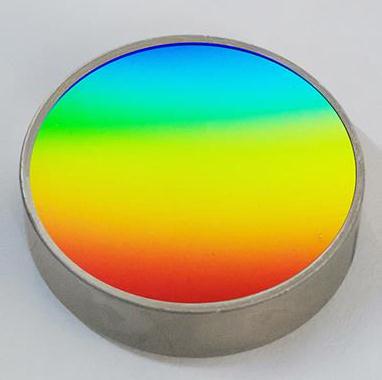Basic characteristics of gratings
Grating is an optical element with dense parallel stripes engraved on its surface. With its unique periodic structure, it achieves efficient control of light and plays a key role in fields such as spectral analysis and laser technology. Its core characteristics can be interpreted from four aspects: diffraction spectroscopy, dispersion resolution, polarization response, and energy efficiency.
Grating is an optical element with dense parallel stripes engraved on its surface. With its unique periodic structure, it achieves efficient control of light and plays a key role in fields such as spectral analysis and laser technology. Its core characteristics can be interpreted from four aspects: diffraction spectroscopy, dispersion resolution, polarization response, and energy efficiency.

The dispersion and resolution characteristics determine the ability of the grating to analyze spectra. The denser the engraved lines on the grating, the more it can "pull apart" light of different wavelengths, making adjacent colors more distinct and thus improving spectral resolution. For example, the grating in high-resolution spectrometers can accurately distinguish light with minimal wavelength differences, helping scientists analyze the microstructure of substances.
Grating exhibits selective response to light of different polarization states. When the vibration direction of light is parallel or perpendicular to the grating lines, the efficiency of reflection or transmission will vary. By utilizing this characteristic, gratings can be used as polarization splitting elements to separate light with specific polarization states in fields such as 3D display and laser processing.
In addition, the energy efficiency of the grating is equally critical. An ideal grating can convert most of the incident light into the desired diffracted light, reducing energy loss. In practical applications, the material of the grating and the shape of the engraved lines (such as sawtooth or sine) can affect the energy utilization efficiency. For example, a specially designed "dazzling grating" can concentrate light energy onto a certain diffraction spectrum, significantly improving efficiency.
These characteristics work together to make gratings an indispensable component in modern optical systems, providing flexible and efficient solutions for precise manipulation of light.

